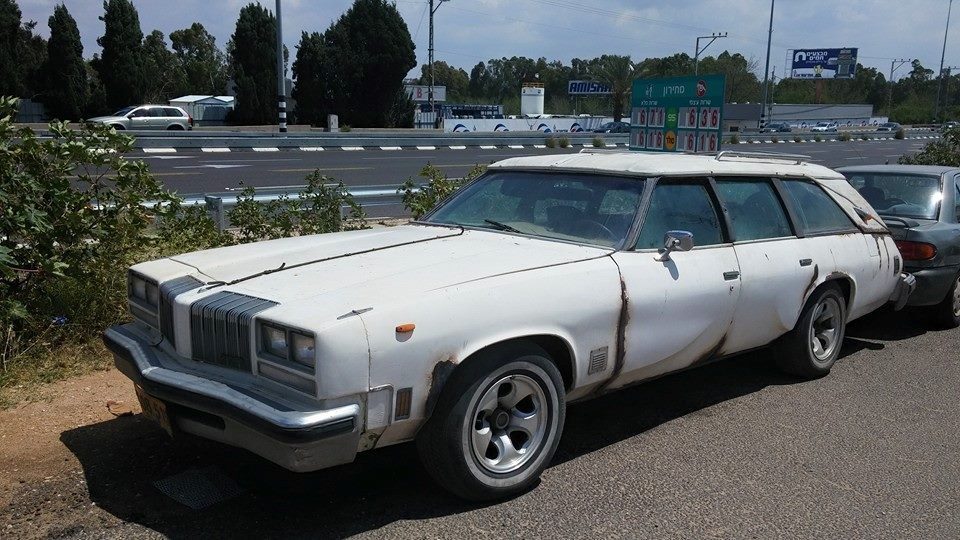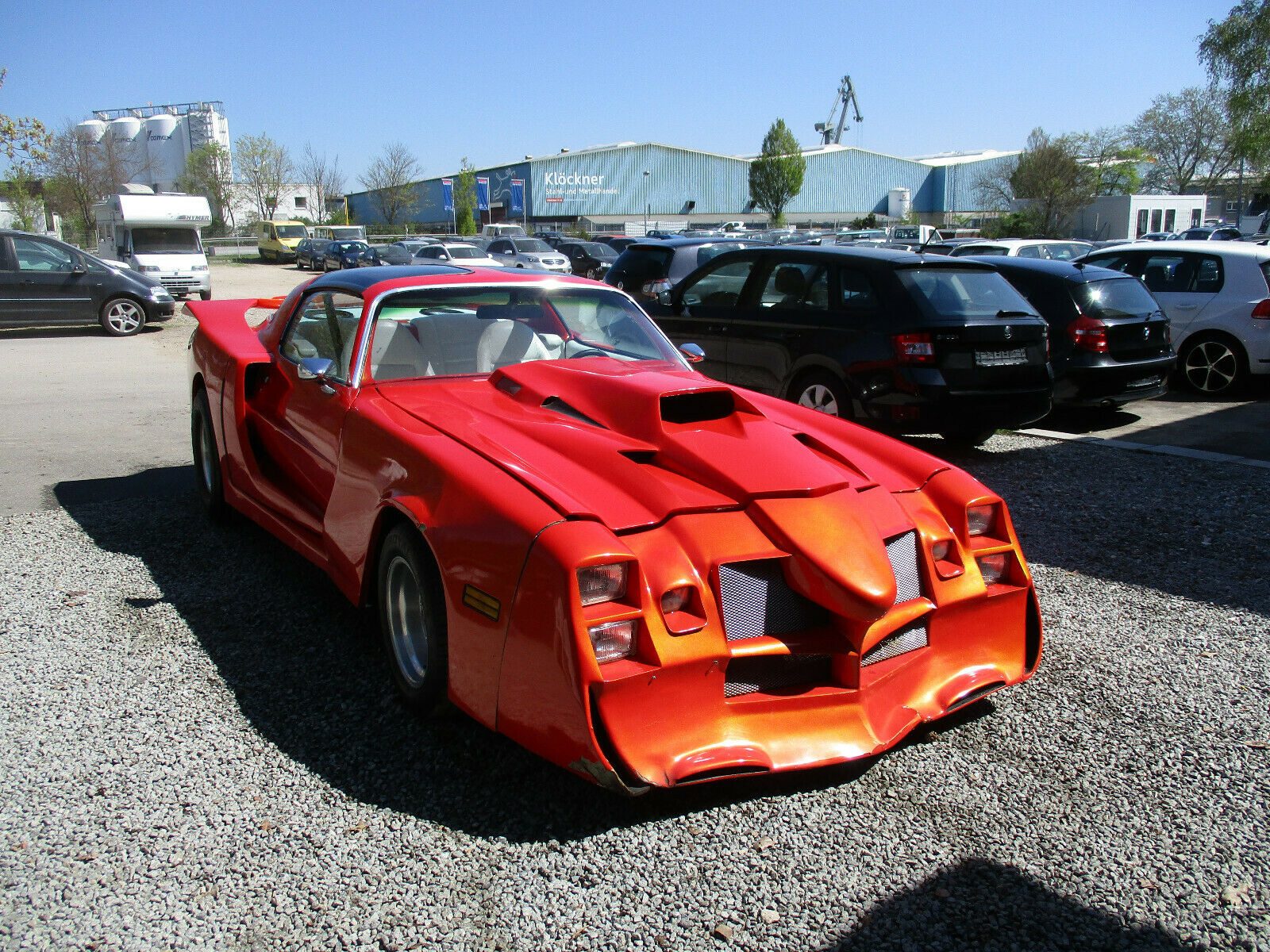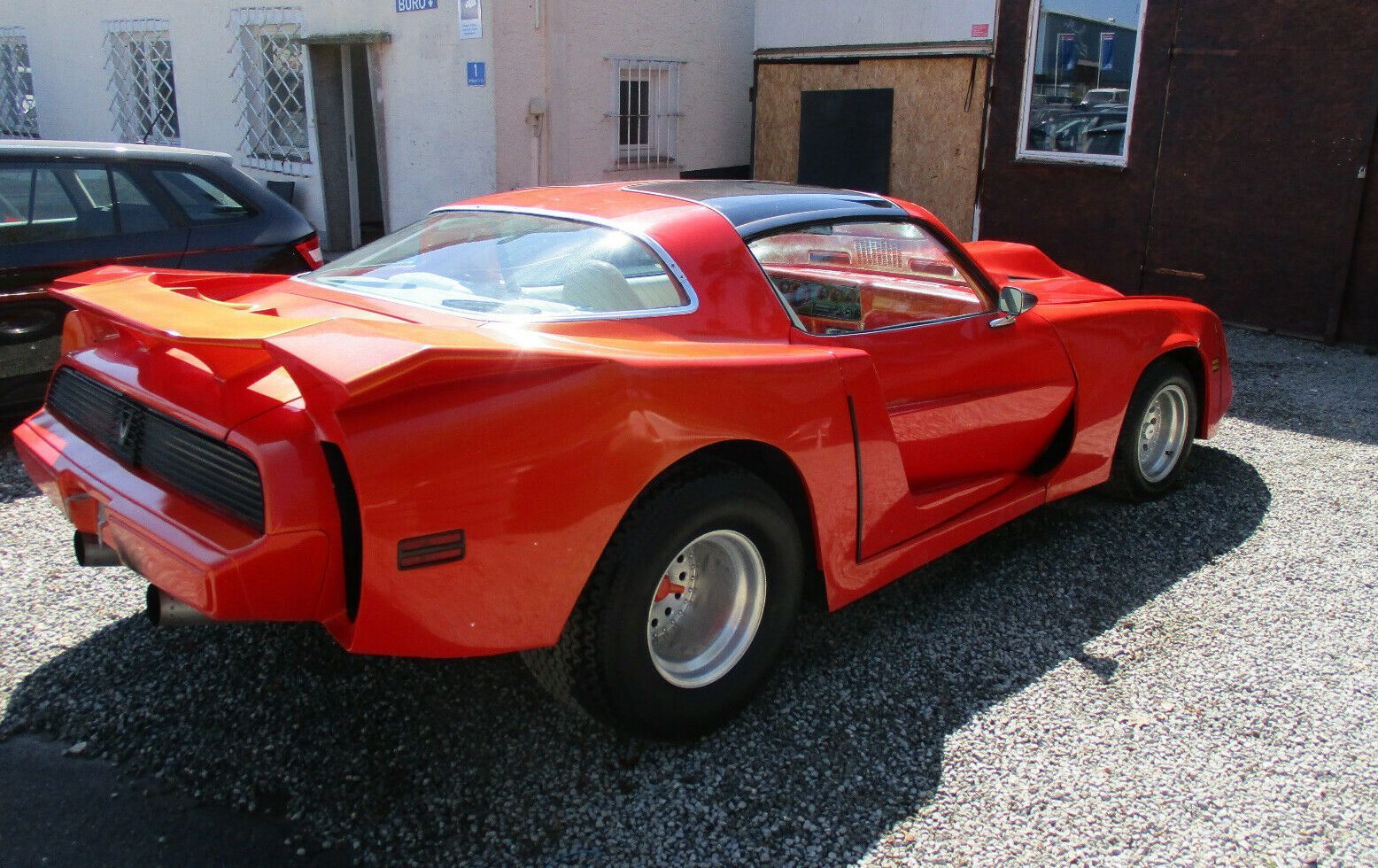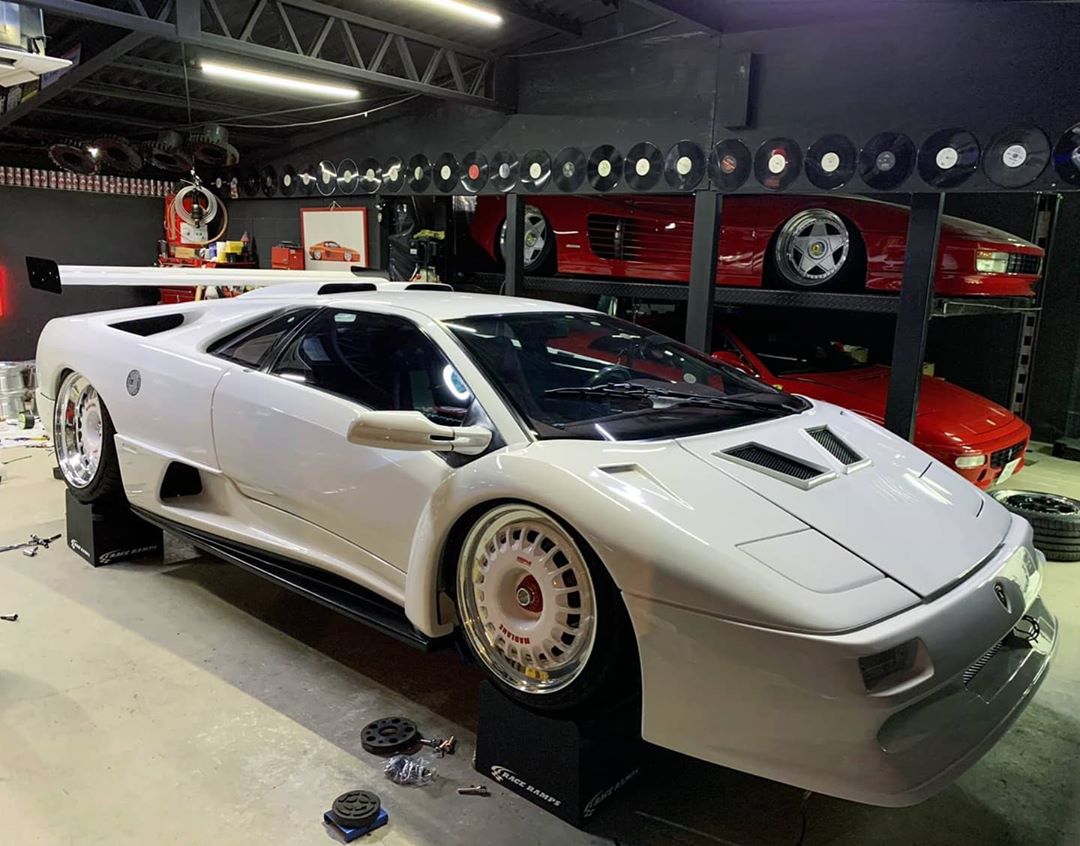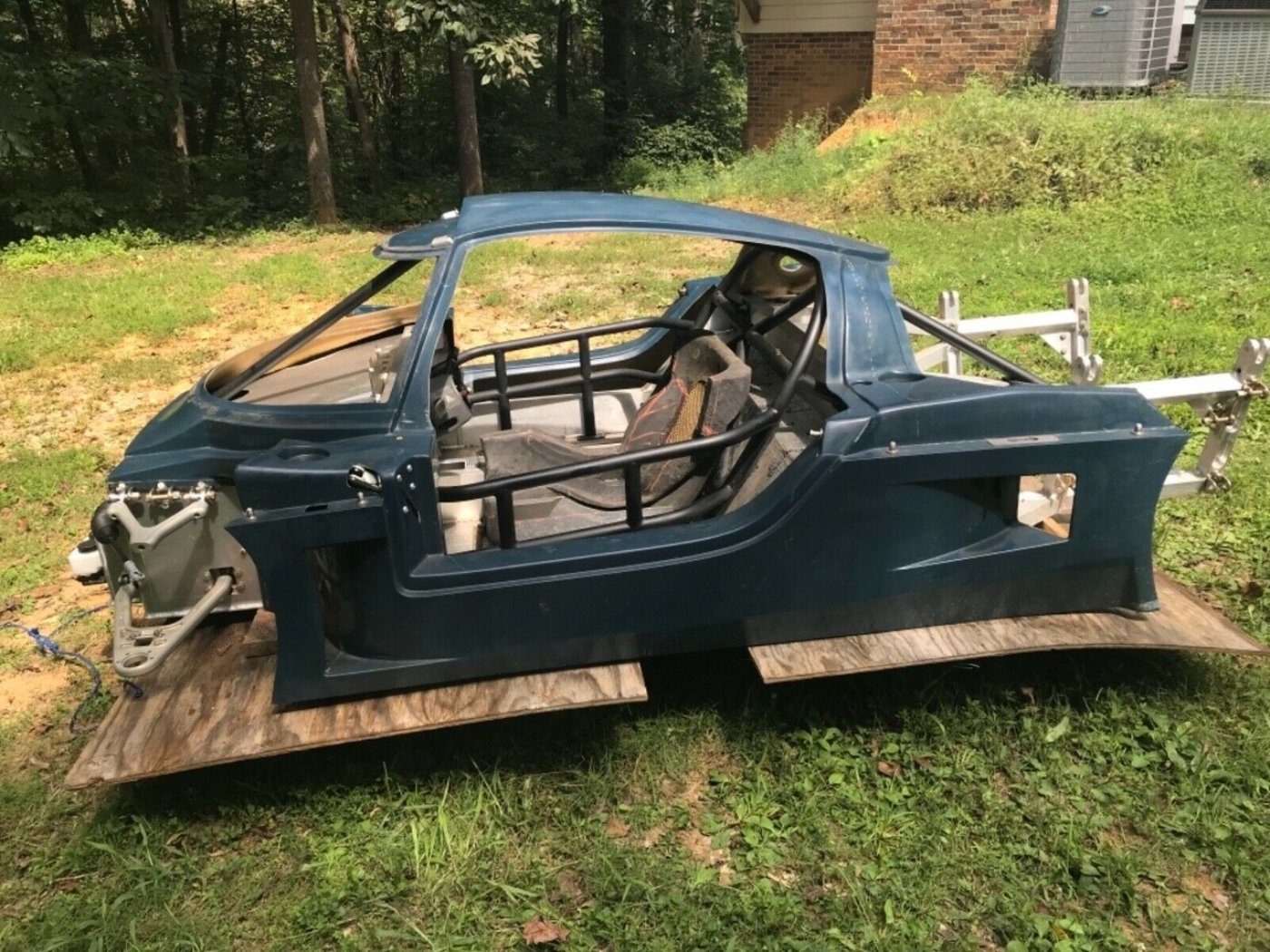@Zychotic1 yeah man I'm still not seeing it. In the image you provided I can't tell if those are extending past the overall width, and if they are it's only just barely. Even then, that was about two decades ago and I'd like to think that the understanding of aerodynamic effects has come a long way since. Everything that I have learned in my engineering curriculum tells me that extending the frontal area of the car for downforce gains is not worth the drag, except for say a rear wing where you're gaining abhorrent amounts of downforce for the little bit of extra frontal area. Not only are you getting downforce induced drag from the device itself but you're also getting extra pressure drag since you've effectively increased the size of the bluff body.
For reference there's been a case study about how much drag is contributed by exterior mirrors of a car, and they can contribute up to 7% of the overall drag across the whole vehicle. That doesn't sound like a lot but if your car makes 500 lbs. of drag at top speed, that's 35 lbs pulling you back from the mirrors alone. If that speed is about 150 mph that is equivalent to a loss of 14 horsepower. The bottom end of the case study was a 2% contribution which is still 4 horsepower. This is the reason why most purpose-built racing cars are trying to minimize the size of their mirrors, hide them behind other more efficient aerodynamic devices, or just remove them entirely.
Not here to hate, that really just does not look right to me. Just because it makes downforce doesn't mean it's helping.










